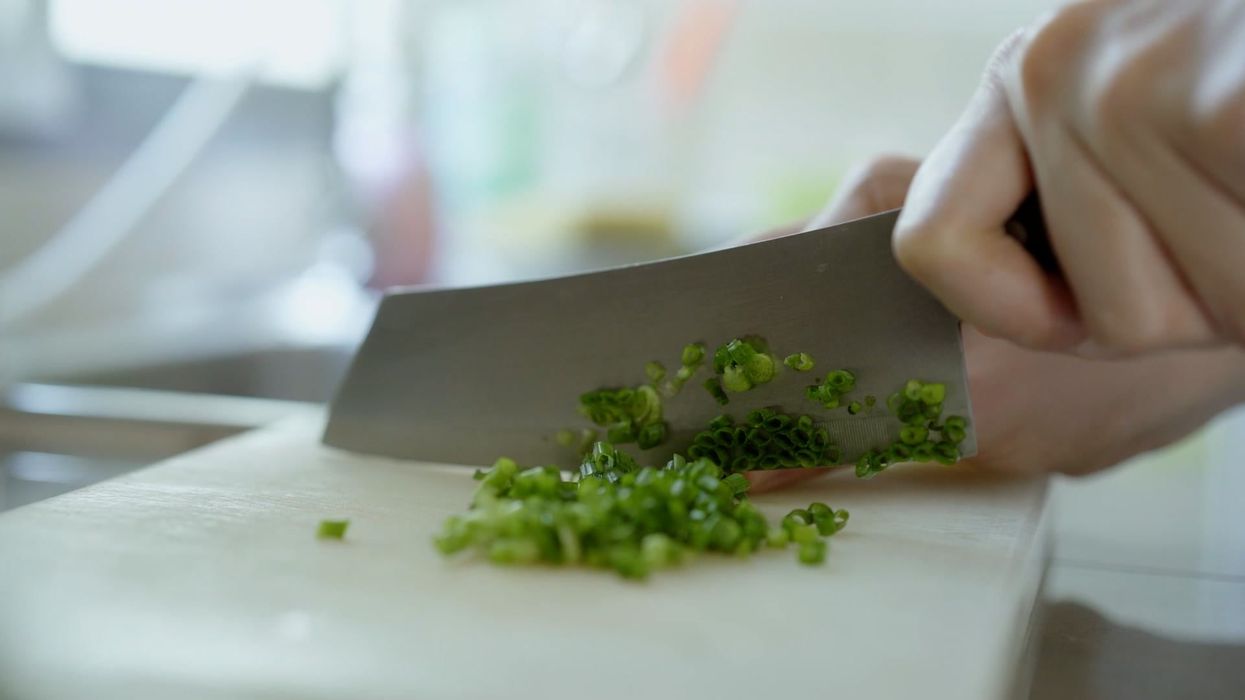Science & Tech
Liam O'Dell
Nov 12, 2024
Related video: Are your plastic cutting boards contaminating your food with microplastics?
Money Talks News / VideoElephant
We’ve probably all heard about the dangers of microplastics and how we can end up ingesting them, but researchers from The Pennsylvania State University (often referred to as ‘Penn State’) have suggested the pesky particles may actually play a part in cloud formation.
To take you back to your secondary school geography lessons, clouds form when invisible water vapour condenses and turns into ice crystals or liquid water droplets, and said droplets connect with floating particles in the air such as dust.
Now, in a study published in ACS ES&T Air and explained further in an article for The Conversation, the atmospheric chemists have found that microplastics are also capable of producing these ice crystals – even at temperatures warmer than other droplets without microplastics.
“This suggests that microplastics in the air may affect weather and climate by producing clouds in conditions where they would not form otherwise,” write researchers Miriam Freedman and Heidi Busse.
The academics reached such a conclusion after suspending four common microplastics found in the atmosphere – low density polyethylene, polypropylene, polyvinyl chloride and polyethylene terephthalate – in water droplets and slowly cooled them until they froze.
All samples were tested following exposure to ultraviolet light, ozone and acids, as these are present in our atmosphere.
Half of the droplets had frozen by the time temperatures reached 22C, with the microplastic-produced ice crystals occurring between five to 10C warmer than ice droplets without microplastics present.
However, the scientists note some information remains unknown, and there’s other ideas to explore, such as how microplastics compare to other particles with the potential to nucleate ice, the concentration of microplastics at higher altitudes, and looking into other types of plastics like those with additives and “smaller plastic particles”.
Sign up to our free Indy100 weekly newsletter
How to join the indy100's free WhatsApp channel
Have your say in our news democracy. Click the upvote icon at the top of the page to help raise this article through the indy100 rankings.
Top 100
The Conversation (0)














